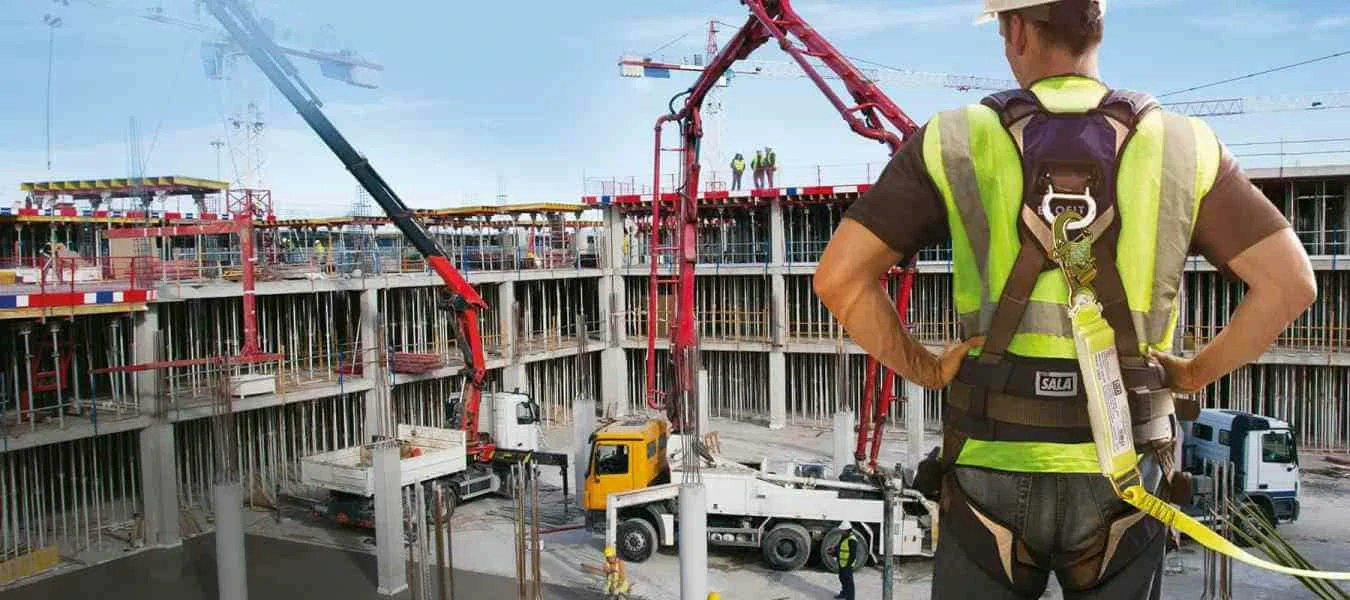Navigating Weather Challenges: Enhancing Working at Heights Safety
Working at heights presents numerous risks, and one significant factor that amplifies these hazards is adverse weather conditions. Whether it's howling winds, torrential rains, or icy surfaces, the environment can dramatically affect safety protocols. In this article, we will delve into the impact of various weather conditions on Working at Heights safety, exceptional training programs that prepare workers for unpredictability, and best practices to optimize safety.
The Crucial Role of Weather in Working at Heights
Weather isn’t just a prolonged discussion topic at the water cooler—it’s a vital factor that can determine the safety of workers at heights. Extreme weather requires precise planning and informed decision-making:
- Strong Winds: Gusty and high-velocity winds can cause instability in both workers and equipment. It’s essential to assess weather forecasts before undertaking any elevation work.
- Rainfall: Wet surfaces can lead to slippery conditions, increasing the chances of slips and falls. Ensuring that equipment and surfaces are free of water can mitigate risks.
- Icy Conditions: Ice represents a significant hazard during colder months. It often renders ladders, scaffolding, and other surfaces treacherous.
- Extreme Temperatures: Abusive heat or cold can lead to fatigue, significantly impairing judgment and dexterity.
The Risks Associated with Weather Conditions
Let’s break down specific weather elements and their direct impact on Working at Heights safety:
1. Wind
- High winds can destabilize ladders and scaffolding, resulting in dangerous tipping or collapsing.
- Workers may struggle to maintain balance, which increases the likelihood of falls.
2. Rain
- Rainwater can create slippery surfaces, making it hard to maintain a sure footing.
- The presence of rain may also cause equipment like harnesses and ropes to be less effective if not specifically designed to handle moisture.
3. Ice and Snow
- Icy surfaces increase the chance of slips, particularly on ladders and rooftops.
- Snow can obscure hazardous conditions, hiding potential dangers from sight.
Preparing Workers through Training
To combat these challenges, robust training in Working at Heights safety is imperative. Here are a few essential aspects covered in Working at Heights training:
- Risk Assessment and Weather Evaluation: Workers are trained to evaluate their environment daily, including assessing wind and inclement weather before starting any tasks.
- Use of Personal Protective Equipment (PPE): Effective training will include proper PPE to shield workers from slips and falls, including non-slip footwear and safety harnesses.
- Safe Work Procedures: Understanding best practices such as proper ladder usage and maintaining three points of contact can mitigate risks brought forth by adverse weather.
- Real-World Scenarios: Hands-on scenarios where trainees practice working at heights in simulated adverse conditions prepare workers to think and act quickly in real-world situations.
Best Practices for Safety in Adverse Weather Conditions
To promote safety effectively, here are recommended practices when working at heights in various weather conditions:
Strategies for Windy Conditions:
- Monitor wind conditions using reliable weather applications and establish a maximum wind speed limit for work shifts.
- Utilize tie-offs and proper anchorage to provide additional stability during high winds.
Strategies for Rainy Weather:
- Implement water-resistant gear, including boots and harness covers, to reduce slip risks.
- Postpone work when there is consistent heavy rainfall.
Strategies for Icy and Snowy Weather:
- Conduct thorough inspections of work surfaces for ice build-up and remove ice when feasible before beginning work.
- Limit activities during particularly icy conditions, opting for safer alternatives when applicable.
Conclusion
Understanding how weather conditions affect Working at Heights safety is vital for both employers and workers. By recognizing these inherent risks, investing in Working at Heights training, and implementing best practices, the likelihood of incidents can be significantly reduced. Preparing for adverse weather enables workers to operate safely and efficiently, reinforcing a culture of safety in the workplace.
Are you ready to enhance your Working at Heights safety knowledge? Reach out today at [email protected] to learn more about our Working at Heights certification courses in Dublin, Cork, and Galway.



 349,500 Offered Certificates
349,500 Offered Certificates
 24/7 Online Training
24/7 Online Training
 Money Back Guarantee
Money Back Guarantee
 Fully Accredited Courses
Fully Accredited Courses
